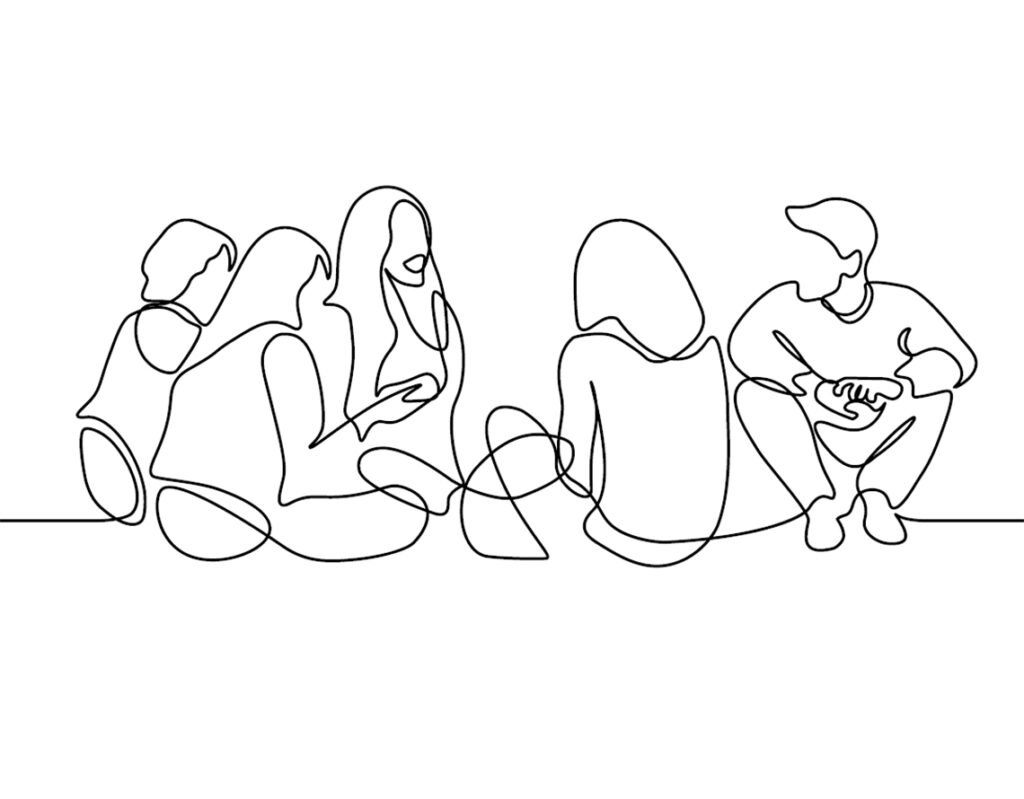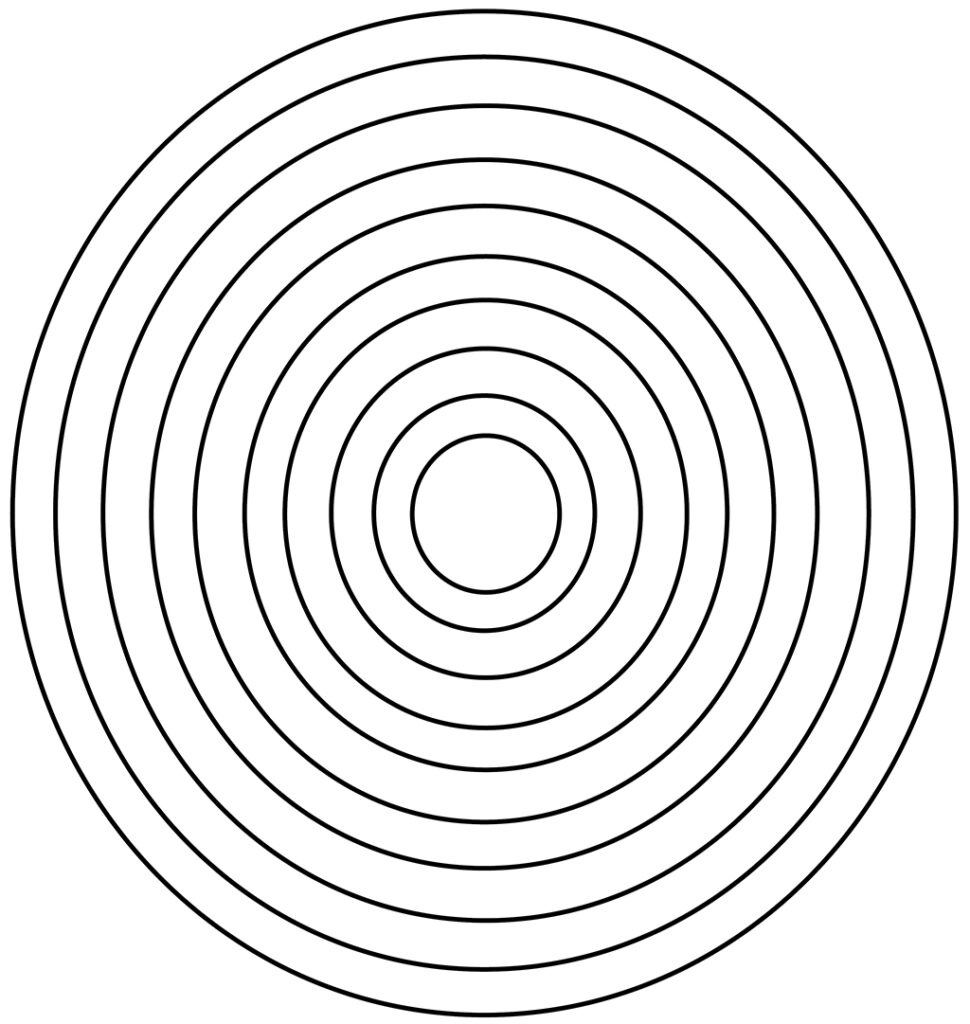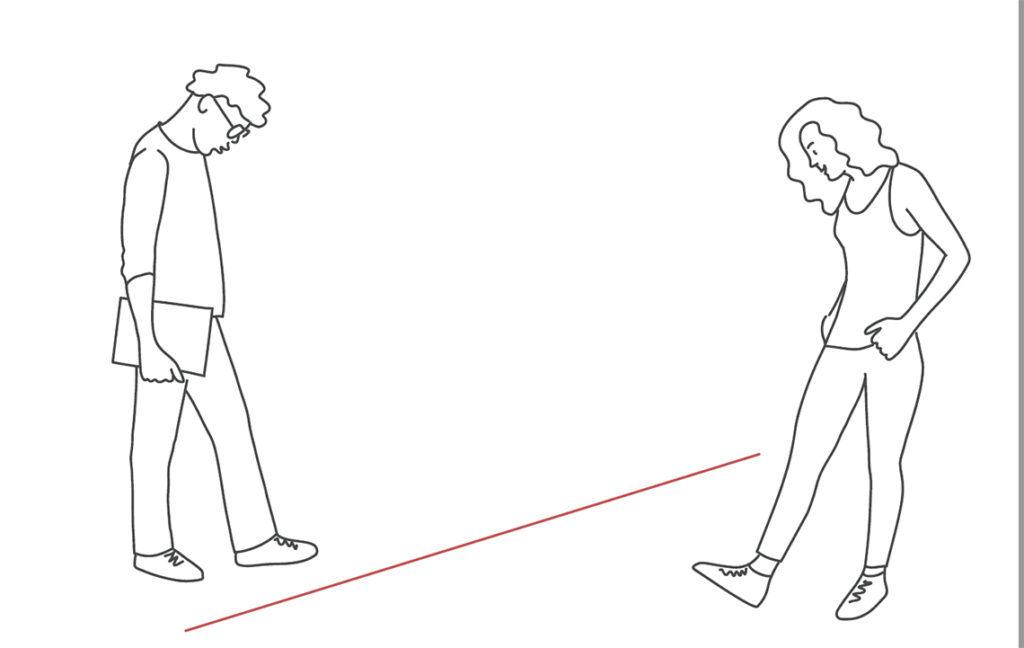Related Resources
For The Havening Techniques®
Boundaries: What Are They? Why do they matter? And how healthy are yours?
We can all agree that setting boundaries can be tough—but they’re also crucial to building healthy relationships. Setting good boundaries will promote positive, comfortable interactions with others which will benefit you AND the people in your life. While it may seem tough to set them at first, boundaries are really a win-win!
In this informational video, Dr. Kate walks you through a quick do-it-yourself exercise to check on your boundaries and make sure they’re serving you properly.Do You Trauma Bond or Do You Have Healthy Relationships?
In this video Dr. Kate unpacks why we get into traumatic or toxic relations and invites you to take a look at all of the relationships in your life through a critical examination of how they affect you. Do you surround yourself with people who fill you up? Or are you constantly interacting with people who let you down—even hurting you? In this video we’ll go over a simple exercise that will help you accurately answer that question.
Our present-day relationships are frequently reflections of the experiences of our past. This is particularly true for those of us who have experienced trauma. In fact, we will frequently unconsciously recreate the traumatic relationships of our past. This is a fundamental part of something called trauma bond—surrounding ourselves with people who play into the patterns of our pain.
It’s important to note that these relationships are not just intimate ones. In fact toxic friendships are extremely common and yet rarely spoken about!
A Meditative Exercise to Release Toxic Relationships and Create Healthy Connection in Your Life
Join Dr. Kate Truitt for a meditative exercise that invites you to examine five of the most critical relationships in your life. This exercise will encourage you to analyze which relationships are filling you up and which relationships might be tiring you out. With Dr. Kate’s guidance, you can determine which people you should invest more time with. At the same time, you may find that other relationships might benefit from setting additional boundaries or taking more time apart. The purpose here isn’t to kick people out of your life—it’s to find a way of acknowledging your current relationships and make sustainable changes in order to give yourself more energy and peace. We hope you enjoy!
A Guided Meditation for Setting Boundaries in Relationships
If you’re curious to dive a little deeper on boundary setting, we invite you to join Dr. Kate for this special guided meditation. Boundaries can be difficult to put in place because Amy, our amygdala, may warn us of rejection or violation, telling us stories with scary outcomes. This is all part of the brain’s way to keep us safe.
In this video, Dr. Kate will walk you through a guided meditation and therapeutic exercise to examine where you might need to set boundaries and how you can identify in the moment when a boundary is being crossed. Acknowledging your warning system is the first step to success in setting boundaries.
Stopping the Relationship Patterns that Cause You Pain
In this video you will explore something called a Cyclical Maladaptive Pattern. These are those patterns that show up in a relationships and become unintentionally reinforcing in regards to painful beliefs about yourself such as being “unlovable,” “not good enough,” “a failure” and more.
Remember that 90% of each moment is informed by the experiences of our past. Your brain creates patterned ways of interacting with the world in order to decrease information processing overload and enhance the likelihood for survival. Because humans are biologically designed to be in relationship with one another for survival—in the early years of your development your sense of self was largely defined by how your caregivers, friends, peers, teachers, etc. interacted with you. If there were painful moments of rejection, bullying, teasing, fear, (or more) in your childhood then your amygdala may participating in your present day relationships and accidentally recycling the patterns of the past into the present moment.
A Self-Havening Guided Meditation for Connecting with Your Inner Child
Dr. Kate invites you to get in touch with your younger self. What ideas did you internalize in your youth in order to protect yourself? This guided meditation encourages you to meet for a heart-to-heart with your younger self, to treat them with love and care, and to guide you both to a happier place. Dr. Kate leads you through the steps of forgiving and accepting to move past any troubling beliefs that the inner child held.
Setting Boundaries: Bringing Ourselves Into The Equation of Our Relationships
“When we fail to set boundaries and hold people accountable, we feel used and mistreated.”
Brené Brown
By Dr. Kate Truitt
Sometimes we humans focus so intensely on being in the service of others that we forget that we need some oxygen for survival too. We forget to bring ourselves into the equation of our own lives. Boundaries are a critical way of setting ourselves up to have that oxygen so we can thrive.
How do you teach people to treat you?

Because we are learning-based, pattern-focused creatures, we teach one another how we are allowed to be treated. How do you teach people to treat you? Do you teach them that your time is valuable? That what you have to say matters? Or do you give into people pleasing? This is one of the survival-based behaviors of the amygdala of our brains that is not talked about much. You have probably heard of the fight, flight or freeze of our survival brain. The people-pleasing survival-based behavior is called “Fawn.” Just as with the other “three Fs,” this is your amygdala trying to keep you safe, so she deserves a little acknowledgment for that, but fawning is not a sustainable strategy for living your best life.
This can go both ways, depending whether you are the one letting people walk all over you, or if you are the one stampeding all over everyone and then expressing dismay when they push back hard on that behavior. There is an adage that goes like this, “The only people who get upset when we set boundaries are the people who prospered when we had none.”
There is no arguing that setting boundaries can be a challenge, but it is integral to creating healthy relationships in our lives and having positive, comfortable interactions with others. In this article I want to help you explore the survival mechanisms you employ in relationships, how much you value what you need in your relationships, and what you can do to help create boundaries that lead to the relationships you want.
Let’s Get a Foundation
I’d like you to do a quick exercise. First, write down five characteristics that are traditionally present in the kinds of relationships you are engaged in most frequently. That is, five characteristics of who you are now. Then, write down five characteristics of who you really want to be in your relationships. You may find that some of the items in the first list are also in the second. This exercise allows you to take a moment to consider this:
Are you the way you want to be in your relationships, or are there patterns there that might be getting in your way? How are you teaching people to treat you?
Remember as we explore here that we are not talking about trying to cleanse yourself of all of the people in your life. We are seeking understanding of where our relationships fall in their meaningfulness to your ability to design the life you want to live. Keep in mind that the goal of setting healthy boundaries is to benefit not only you, but the other people around you as well.
Understanding the Role of Attachment in Our Lives

In getting a grasp on how you train people to treat you, it is important to understand the deep importance attachment has in our lives. As humans we are hard-wired for attachment. This relates again to our survival brains, which guide our development throughout our lives, because for humans, safety requires attachment, connection, and community. The way we make meaning in our lives is also based in large part on attachment.
When we have problems with attachment, it is often tied to our childhoods, because those memories are carried forward to our present day from the past by our survival-focused friend, Amy, the amygdala. We humans like to have consistency in what we know, and Amy is keenly aware of that in her mission to keep us safe. If we experienced a particularly complicated childhood and often had difficult experiences around us, our amygdala may encode those experiences that are familiar to us. Your sense of self was largely defined in the early years of your development by the nature of your interactions with your caregivers, friends, peers, teachers, etc. If there were painful moments of rejection, bullying, teasing, fear, (or more) in your childhood then your amygdala may participating in your present-day relationships and accidentally recycling the patterns of the past into the present moment.
That means as adults, we may choose less-than-preferable playmates to join with us on the playground of our lives—playmates who reinforce those less-than-preferable elements that make up of sense of self.
Again, going back to having consistency and familiarity that comes from far back in our lives, many of us do what is called “trauma bonding,” where we move into relationships with people whose attachment patterns remind us of our own trauma. Just as the original trauma can be harmful and dangerous to us, so too can trauma bonding.
Examining Your Social Circles a Little Deeper

Take a moment to do another exercise. First, draw a circle with 10 tiers. Each of the tiers represent how close someone is in relation to your vulnerability and your authentic sense of self. This first step is where we’re doing an authentic assessment of our playground and our playmates and not trying to change anything.
At the core of the circle are your closest confidantes—those you reach out and interact with most frequently or, perhaps more importantly, those who reach out and do the same with you even though you don’t actively reach out to them. That last one is a key part of trauma bonding—fawning or people-pleasing, which I explained earlier. Tier 2 is made up of those who still are very close to you, but not quite as close as the tier 1 people. Do this all the way out to tier 10, assessing where you hold these people in your life in terms of communication, engagement, and your vulnerability and safety with them. You may have 20 or 30 people, or you in this may just have five. Either is O.K. This exercise just takes stock of where these people are at in your life.
Next, I would like you to do a little grading exercise of those people in your life where you do a critical examination of how they affect you. Create a grading system that ranges from +10 through -10 of how you feel when you are interacting with that person. On this scale a positive 10 means that after you interact with this person you feel filled up—your cup is overflowing, and you feel motivated, inspired and engaged. On the other end, a negative 10 means that after interacting with this person you feel drained, exhausted, and pessimistic, causing you to reach for coping skills that you would rather not use.
What we’re trying to get at here is: Do you surround yourself with people who fill you up, or are you constantly interacting with people who let you down, or even hurt you?
Go back to your ten circles of people using your grading system and notice how many of those people on all of your tiers are filling you up and then how many are draining you. Now create a new circular diagram. Where would you like all of those people to be? This new diagram can help you create an action plan for changing the relationships in your life and interacting more with people who fill you up. The big thing about that is that the people who fill us up are usually filled up by us as well.
Setting Boundaries Means Knowing When They Are Needed

You may come to realize as you do the examination above that some of those people in your core group that were draining you were feeding into your amygdala’s comfort zone rather than the new way of being that you want to develop. Again, this is not a process of kicking people out of your life. We’re doing a deeper examination of why people are in your life, determining how to create more space for the positive and greater distance from the things that are not serving what you want to be in life.
It’s difficult to acknowledge relationships that we hold onto because of a history or a past, and even more difficult to come to the realization that those relationships belong in the past. That they are part of traumatic or stressful pattern that we have engaged in but that we no longer want to engage in because it doesn’t facilitate us in living our best lives.
These are known as cyclical maladaptive patterns—frameworks we have learned throughout our lives about how people will treat us in given situations. They relate to our underlying expectations and desires for interactions with other people and our expectations of how they will interact with us. These patterns make setting boundaries more difficult because they make us anticipate rejection and they reinforce beliefs we would rather not have about ourselves or the world we inhabit, like we are a failure or unlovable or not good enough. If these are things our caregivers taught us early in life, they can frame the expectations we have for everyone in our lives.
When we struggle to set boundaries in our lives, we often make choices based on our fears of being rejected, and that often results in self-betrayal. This goes back to the beginning of this article where I point out that our amygdala is trying to keep us safe and is playing into the importance of attachment in our lives. One of the reasons setting boundaries is so difficult is that in doing so we are violating our sense of safety with others and challenging our own learned sense of self, which is a red flag for our amygdala, so Amy chimes in and tells us to not set that boundary. It is up to us to be in a relationship with our mind and body so that we know when it is appropriate for Amy to protect us, and when it is more critical for us to be assertive and not give into the whims of our amygdala.
Remember the adage I presented earlier: The only people who get upset when we set boundaries are the people who prospered when we had none. Is your safety with others in the world truly threatened by someone who gets upset when you try to set boundaries?
I would like to leave you with something to think about related to boundaries. Do you realize that “No.” is a complete sentence? Many people do, but few use it in that way, even though it can be oh so effective. “No” means “No” and it is worth a thousand words because it paints a very clear picture in the mind of the receiver. The same goes for “Stop!” It is likely that the person you are directing those short sentences toward can fill in the rest of what you mean. It doesn’t need further, exhaustive explanation, especially if the receiver of the information is on the bottom half of that +10/-+ scale you created earlier.
If you would like some more thoughts and techniques on setting boundaries, take less than 10 minutes and watch the video attached to this article titled, A Guided Meditation for Setting Boundaries in Relationships, or for much more, watch our entire series on Creating Healthy Relationships on YouTube.










